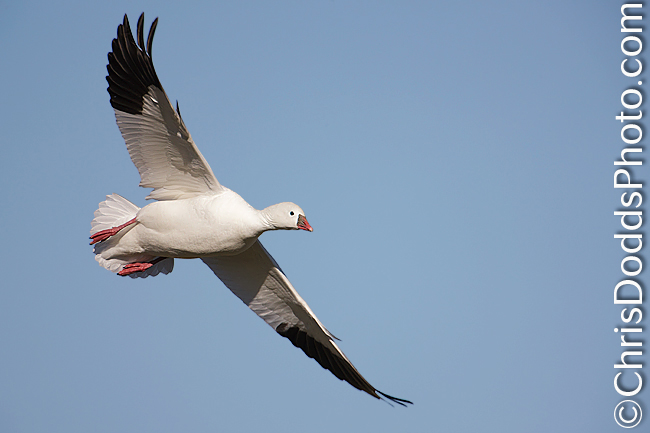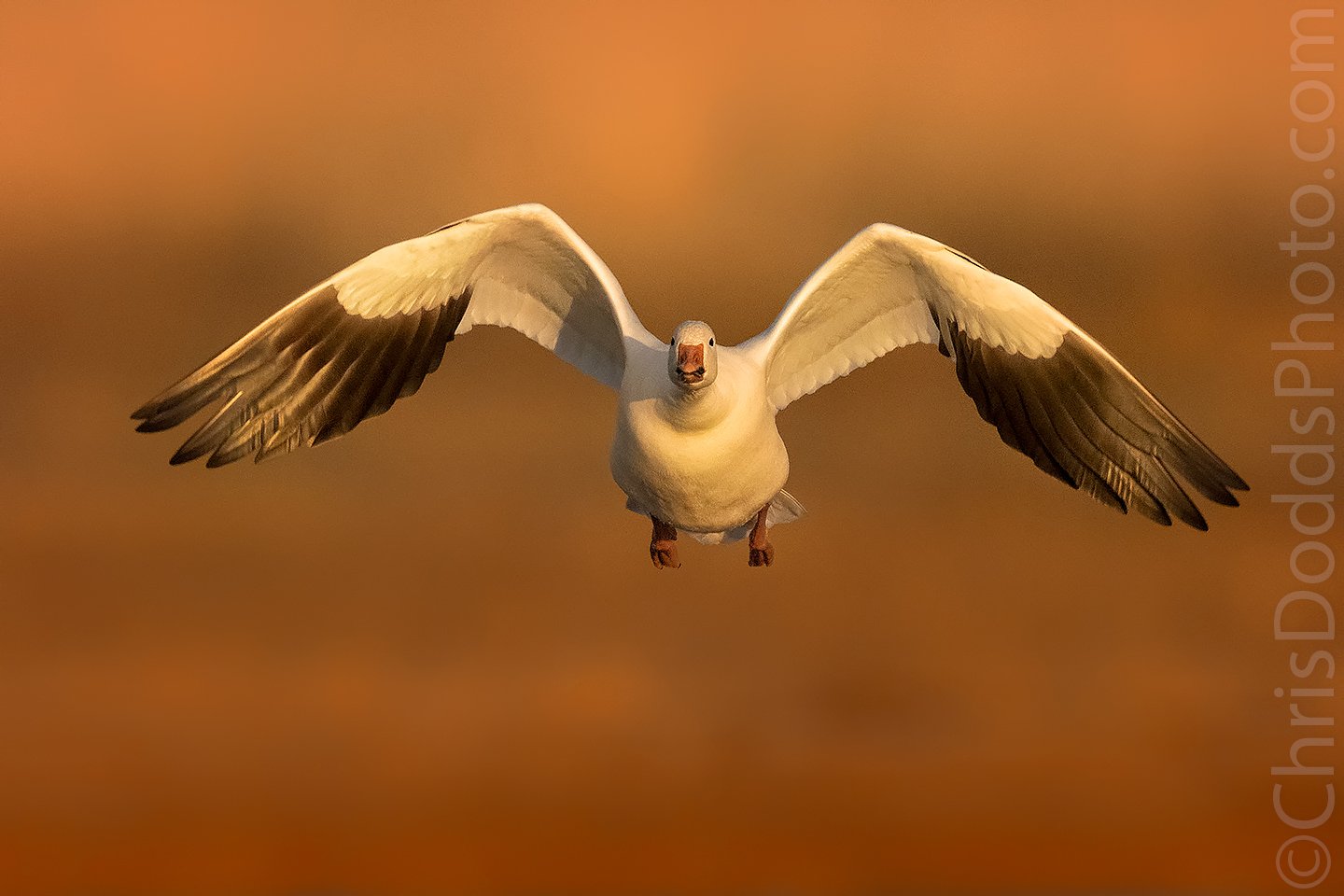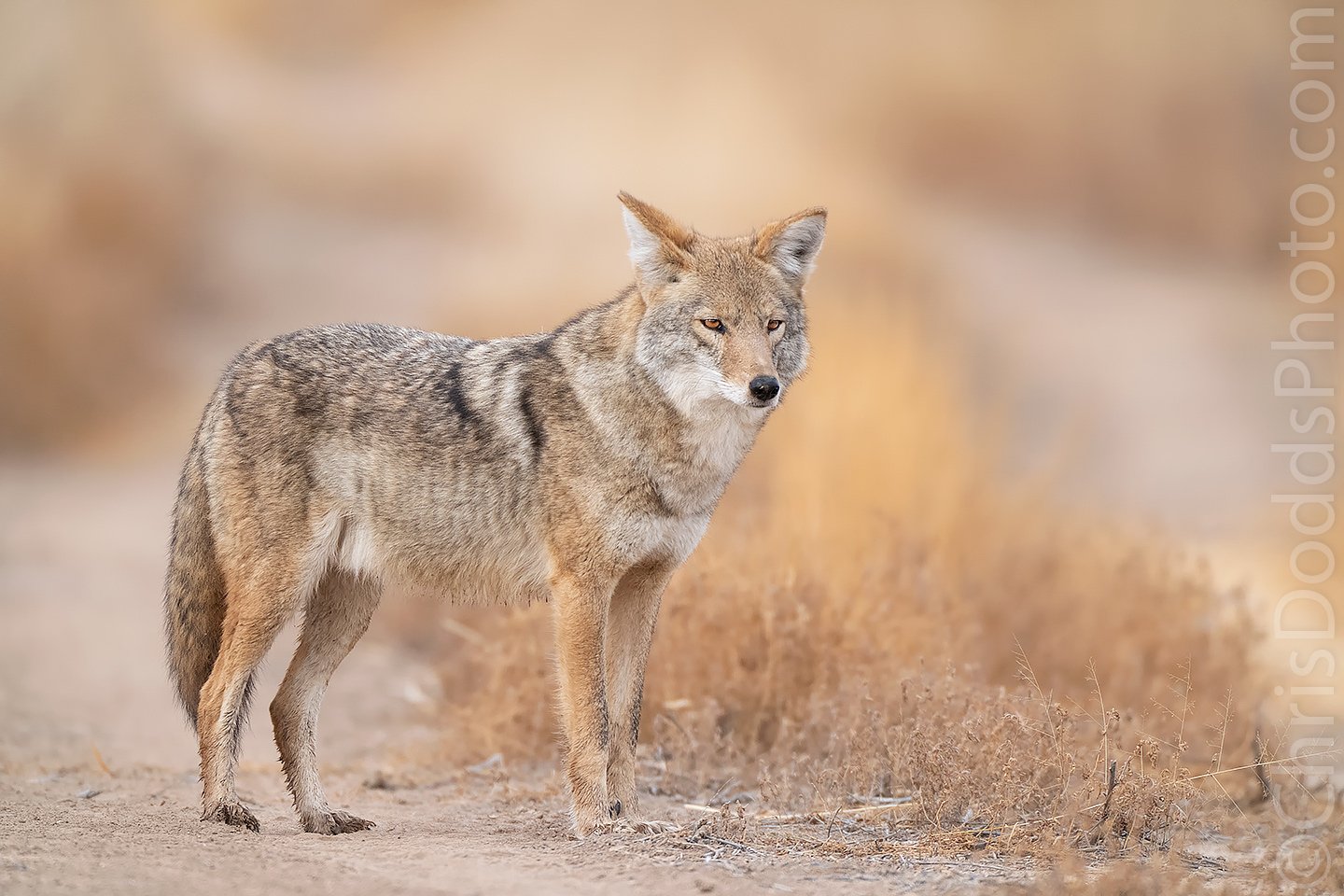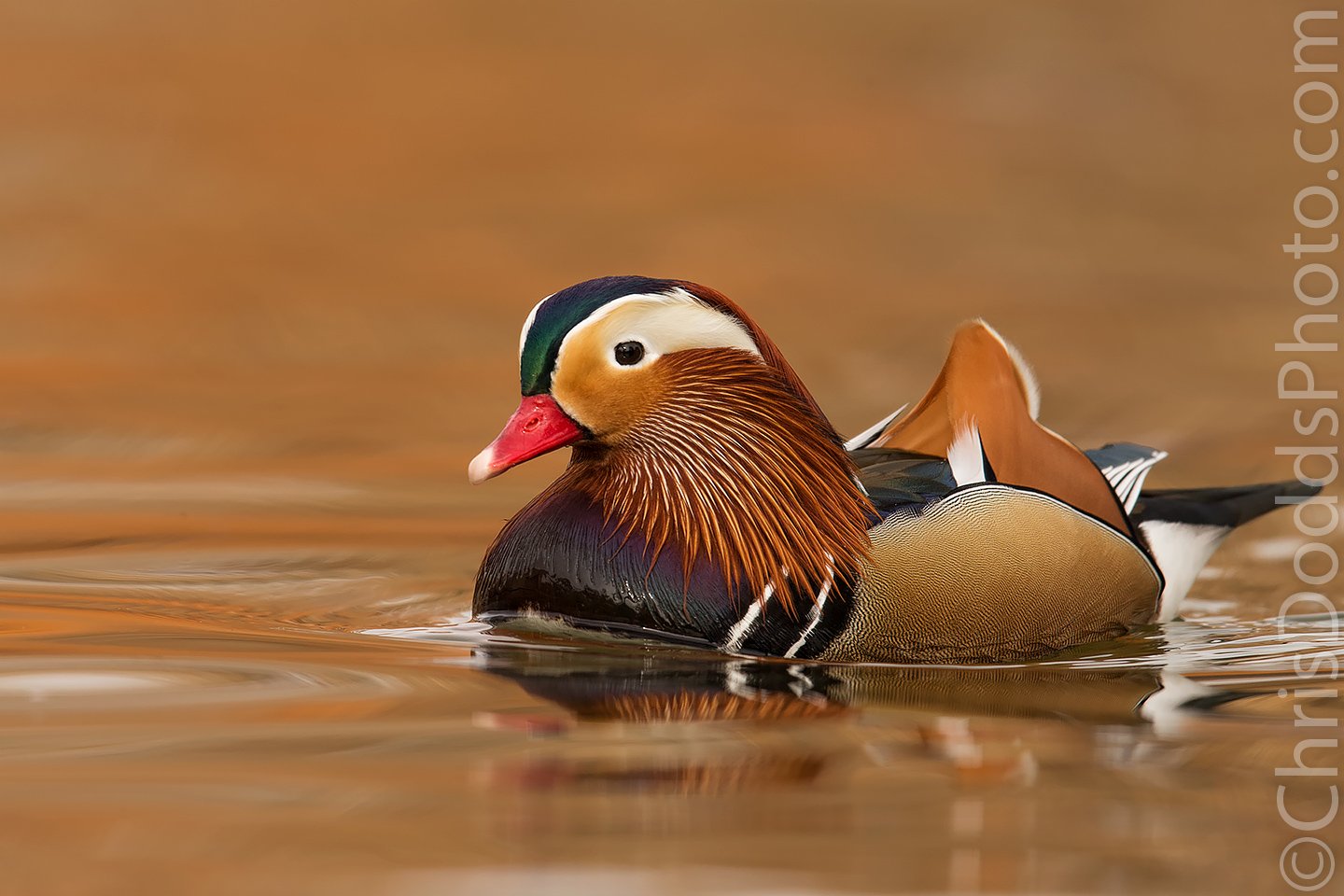 Ross's Goose (Chen rossii, Oie de Ross) Bosque del Apache National Wildlife Refuge, New Mexico, USA ©Christopher Dodds http://www.chrisdoddsphoto.com All Rights Reserved. Canon EOS 1Ds Mark III, 500mm F4 IS, 2X II Tele-converter, Gitzo tripod and Wimberley Head II. ISO 250, F8 1/1000s Manual Exposure. Full Frame. CLICK HERE TO BUY A PRINT OR LICENSE IMAGE FOR PUBLICATION.
Ross's Goose (Chen rossii, Oie de Ross) Bosque del Apache National Wildlife Refuge, New Mexico, USA ©Christopher Dodds http://www.chrisdoddsphoto.com All Rights Reserved. Canon EOS 1Ds Mark III, 500mm F4 IS, 2X II Tele-converter, Gitzo tripod and Wimberley Head II. ISO 250, F8 1/1000s Manual Exposure. Full Frame. CLICK HERE TO BUY A PRINT OR LICENSE IMAGE FOR PUBLICATION.
Pro Tip:
I worked very hard at capturing the above full frame image of a Ross’s Goose in it’s recognizable environment while visiting Bosque del Apache National Wildlife Refuge in New Mexico last fall. I worked equally hard to get the image of a Ross’s Goose against a blue sky for my stock files. Having the blue-sky flight image in my stock photography files ensures sales to regional publications outside of that recognizable habitat of high desert mountain.
 Ross's Goose (Chen rossii, Oie de Ross) Bosque del Apache National Wildlife Refuge, New Mexico, USA ©Christopher Dodds http://www.chrisdoddsphoto.com All Rights Reserved. Canon EOS 1Ds Mark III, 500mm F4 IS, 2X II Tele-converter, Gitzo tripod and Wimberley Head II. ISO 250, F8 1/1250s Manual Exposure. Full Frame. CLICK HERE TO BUY A PRINT OR LICENSE IMAGE FOR PUBLICATION.
Ross's Goose (Chen rossii, Oie de Ross) Bosque del Apache National Wildlife Refuge, New Mexico, USA ©Christopher Dodds http://www.chrisdoddsphoto.com All Rights Reserved. Canon EOS 1Ds Mark III, 500mm F4 IS, 2X II Tele-converter, Gitzo tripod and Wimberley Head II. ISO 250, F8 1/1250s Manual Exposure. Full Frame. CLICK HERE TO BUY A PRINT OR LICENSE IMAGE FOR PUBLICATION.
Ross’s Goose facts:
A tiny goose with black wingtips, the Ross’s Goose (Chen rossii, Oie de Ross) is about 40% smaller than the more abundant white phase Snow Goose. The Snow Goose is larger and has a larger bill without the greenish base and has a black grin patch along it’s bill edge (black “lips”). It breeds in the central Arctic and winters primarily in central California, but it is becoming more frequent farther east. It is named in honor of Bernard R. Ross, a Hudson’s Bay Company factor at Fort Resolution in Canada’s Northwest Territories.
Kudos
After viewing your two excellent Nature presentations in the last year at our camera club, I have come to conclude that you are in that top echelon of truly outstanding nature photographers, creating art - rather than just photographs. When I see your presentations, I keep saying under my breath... AMAZING!
Best regards,
Frederic Hore,
Past Nature Chair,
Lakeshore Camera Club
Pointe Claire, Quebec, Canada
Thanks again for your superb presentation yesterday evening. Your images are fantastic and you are definitively an inspiration for a lot bird photographers like myself.
Cheers,
Pierre Giard
Nature Chair
Lakeshore Camera Club
Pointe Claire, Quebec, Canada
Comments welcome & appreciated.















